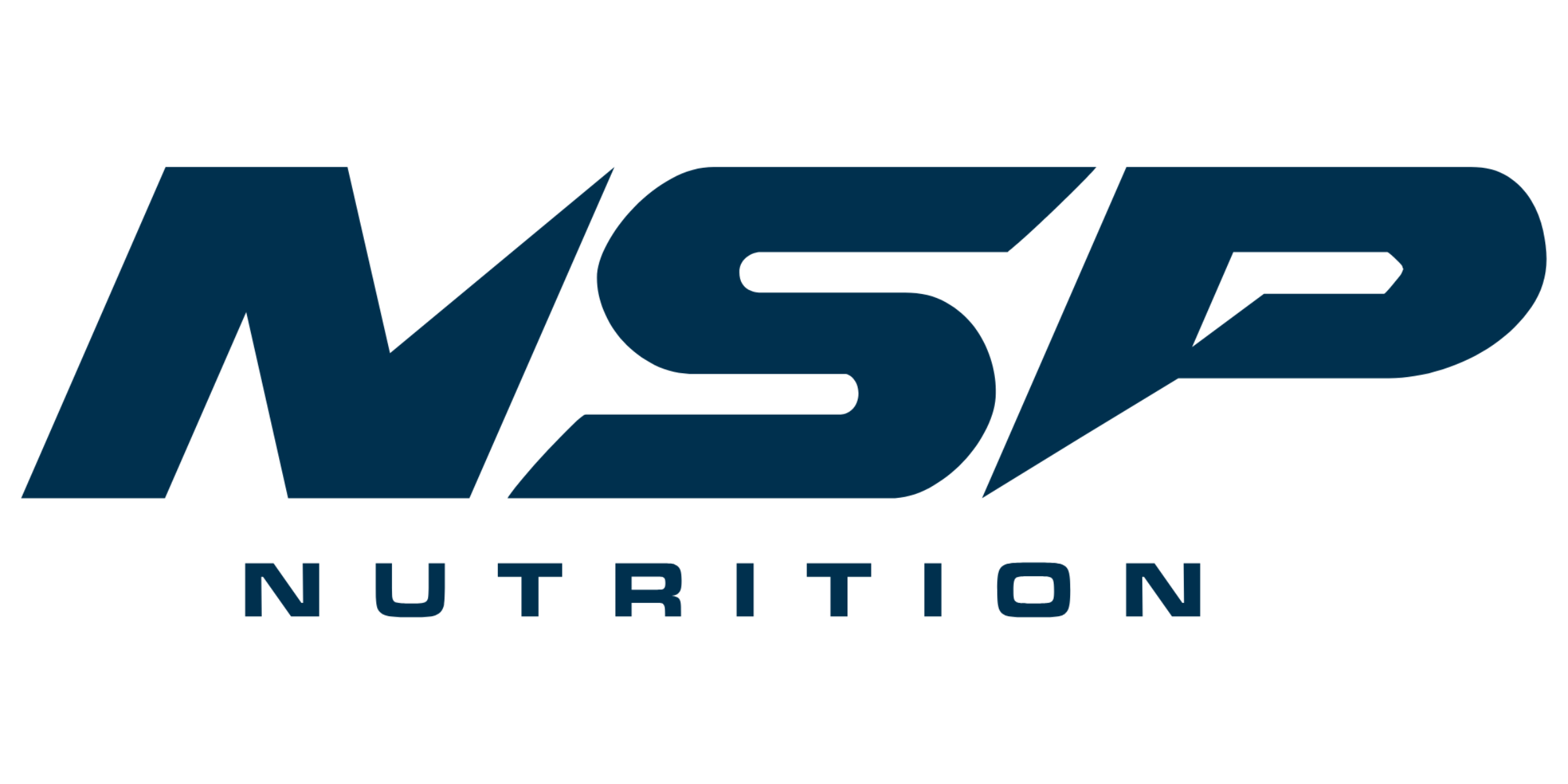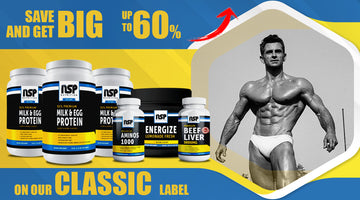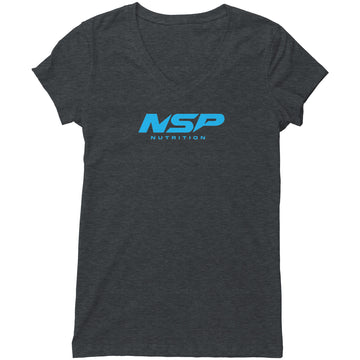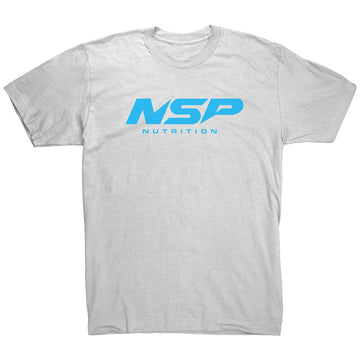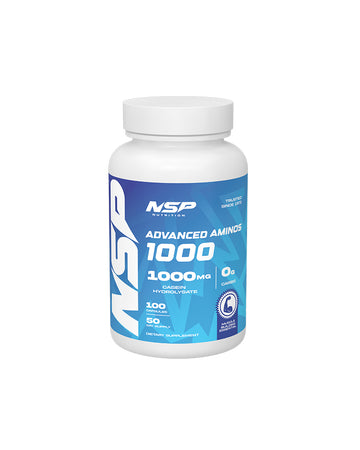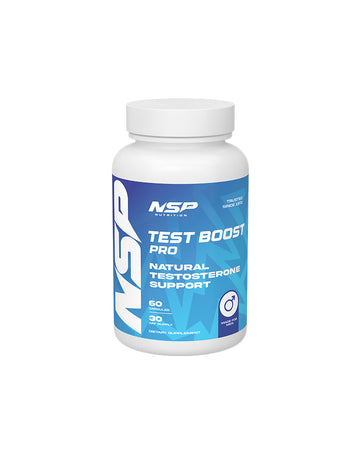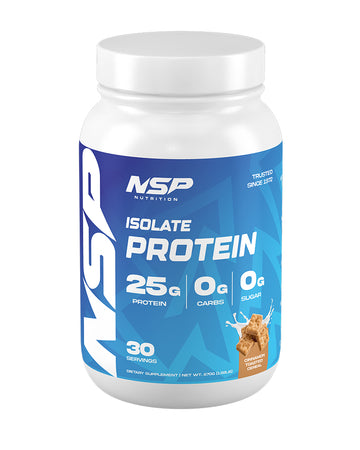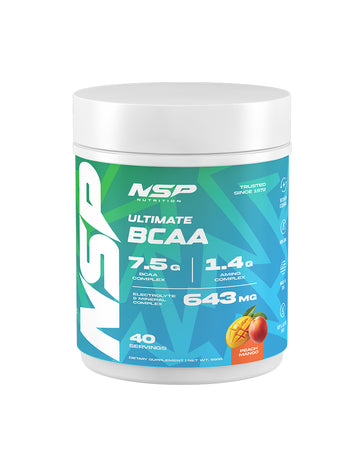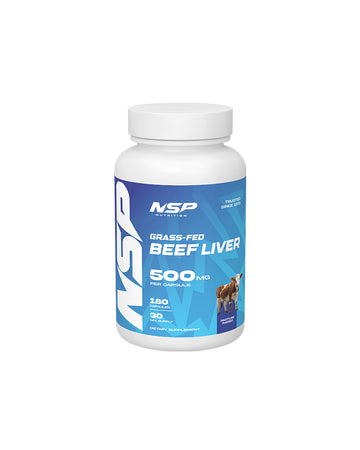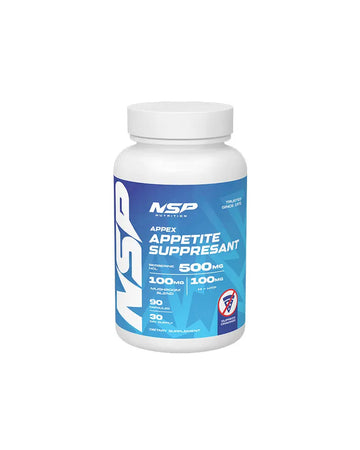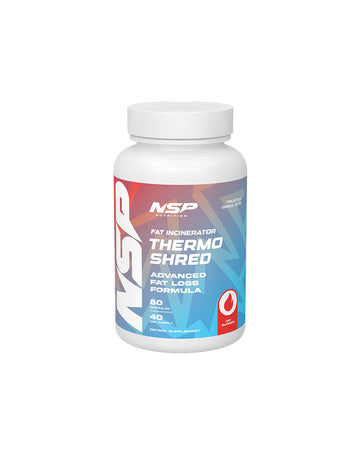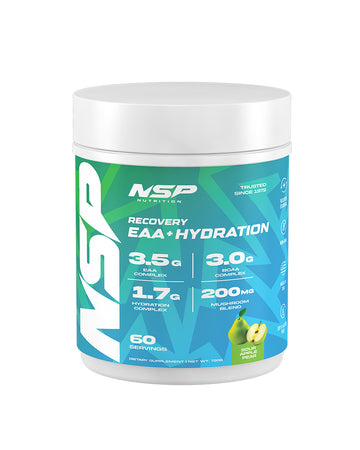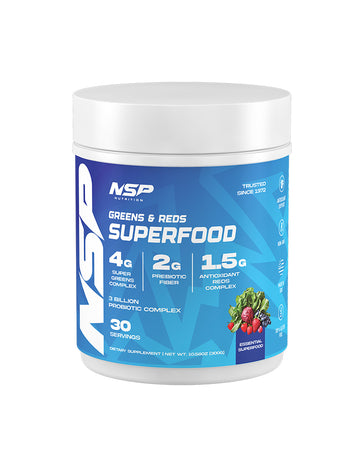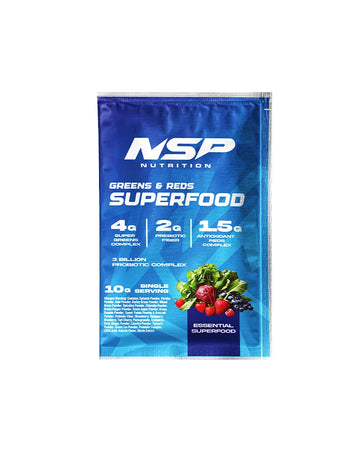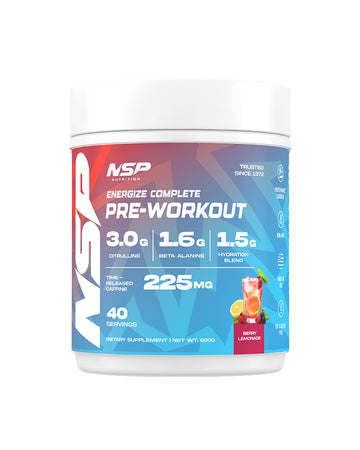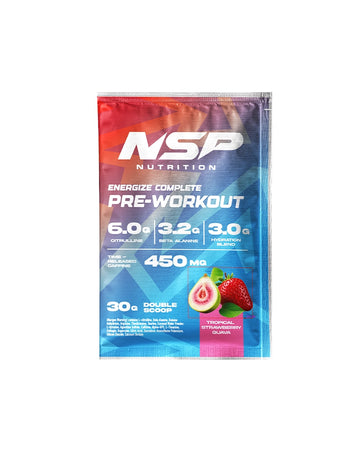Are steroids safe? Steroid use has been a controversial topic in the world of athletics and fitness for many years. While some believe that steroids can enhance athletic performance, others warn of the dangerous side effects that can come with their use. As such, it is important to explore the safety of steroid use, including their various uses, potential side effects, and associated risks.
This article aims to provide an objective and evidence-based overview of steroid use, covering everything from the impact on different parts of the body to legal consequences. We will begin by discussing the different types of steroids, including corticosteroids and anabolic steroids, as well as the causes and mechanisms behind their use.

Additionally, we will explore common myths and misconceptions surrounding steroid use, as well as alternatives to steroid use, addiction and withdrawal, and individual responses to steroids.
By the end of this article, you will have a thorough understanding of the safety considerations involved in steroid use, empowering them to make informed decisions about their own athletic and fitness goals.
What are Steroids?
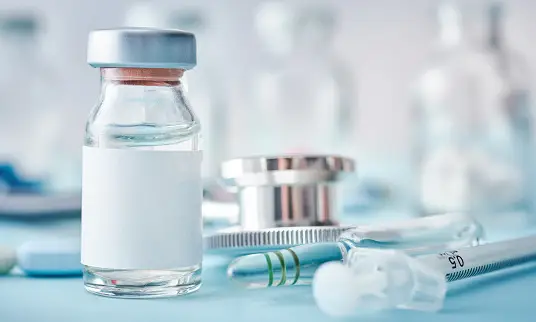
Steroids, like a double-edged sword, can have both positive and negative effects on the body depending on their intended use. Anabolic steroids are synthetic versions of testosterone that can help increase muscle mass and strength. They are commonly used by athletes and bodybuilders to improve performance, but their misuse can cause serious health problems. Steroids affect various parts of the body, including muscles, bones, liver, kidneys, and reproductive and nervous systems.
While anabolic steroids can be effective in improving athletic performance, their misuse can cause serious side effects and risks.
Some of these side effects include hair loss, acne, liver and kidney damage, mood swings, infertility, and cardiovascular disease.
Additionally, the addiction, legal consequences, infection, and mental health issues associated with steroid use make it a risky choice for most people. Corticosteroids, on the other hand, are prescribed by doctors to control inflammation in medical conditions, but their misuse can also cause serious side effects and risks.
Understanding the different types of steroids, their intended uses, and their associated side effects and risks is crucial in making an informed decision about their use. In the next section, we will explore the causes and mechanisms behind steroid use and its effects on the body.
Causes and Mechanisms
Understanding the reasons why individuals choose to use performance-enhancing substances and the mechanisms behind their effects on the body is a complex and multifaceted issue that requires a comprehensive approach.
While anabolic steroids are primarily used to increase muscle mass and improve athletic performance, the reasons behind their use vary. Here are three common reasons why individuals choose to use anabolic steroids:
- To enhance physical appearance: Many individuals use anabolic steroids to improve their physical appearance by increasing muscle mass and decreasing body fat. This is particularly common among bodybuilders and fitness enthusiasts who strive for a lean and muscular physique.
- To improve athletic performance: Athletes in various sports use anabolic steroids to improve their performance by increasing strength, speed, and endurance. The use of anabolic steroids is particularly widespread in strength sports, such as powerlifting and bodybuilding.
- To treat medical conditions: Anabolic steroids are sometimes prescribed by healthcare professionals to treat certain medical conditions, such as delayed puberty and muscle wasting in cancer patients.
While anabolic steroids can provide certain benefits, they also come with several risks. Misuse of anabolic steroids can lead to a range of negative side effects, including high blood pressure, elevated blood sugar levels, and increased risk of heart disease. It is important to understand the potential risks associated with anabolic steroid use before deciding to take them.
Understanding the mechanisms behind anabolic steroid use can help individuals make informed decisions about their use. However, it is important to note that natural testosterone production is a complex process that involves multiple steps.
Types of Steroids
Corticosteroids and anabolic steroids are the two main types of steroids.
Corticosteroids are prescribed by doctors to control inflammation in conditions like asthma and lupus. They work by suppressing the immune system, which helps to reduce inflammation.
Corticosteroids come in different forms, including pills, creams, inhalers, and injections. While they are generally safe when used as prescribed, long-term use can lead to side effects like high blood pressure, weight gain, and osteoporosis.
Anabolic steroids, on the other hand, are synthetic hormones that can boost muscle growth and prevent muscle breakdown. They work by increasing testosterone levels in the blood, which stimulates muscle tissue growth. However, too much testosterone can cause harm over time, and anabolic steroids can be dangerous for various reasons.
One of the main concerns is the risk of misuse, which can lead to serious side effects and addiction. Additionally, steroid injections can increase the risk of infection and other complications.
Misuse of anabolic steroids is a serious issue, particularly among athletes and bodybuilders. Some people cycle their steroid doses or stack multiple types of steroids, but there is no scientific evidence to support these claims. Furthermore, anabolic steroids can be addictive, and users may experience withdrawal symptoms when they stop taking them.
Corticosteroids
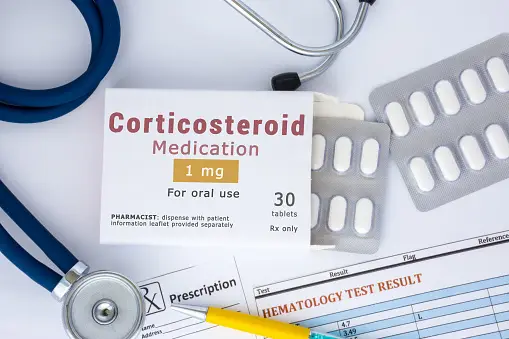
Synthetic versions of hormones produced by the adrenal glands are often used in the treatment of inflammatory conditions, and their potential side effects should be carefully monitored by medical professionals. These synthetic hormones, known as corticosteroids, are prescribed to control inflammation in conditions such as asthma and lupus. They work by suppressing the immune system and reducing inflammation, which can alleviate symptoms such as pain, swelling, and redness.
While corticosteroids can be effective at treating certain medical conditions, they can also cause several side effects. Some of the most common side effects include weight gain, increased appetite, fluid retention, and mood changes. Other potential side effects include high blood pressure, diabetes, osteoporosis, and increased risk of infection. These side effects can be particularly concerning for people who need to take corticosteroids on a long-term basis.
Moving on to the topic of anabolic steroids, it's important to note that they are a different type of steroid than corticosteroids. Anabolic steroids are synthetic hormones that mimic testosterone, and they are often misused to increase muscle mass and improve athletic performance. Unlike corticosteroids, anabolic steroids are illegal when used for non-medical purposes and can cause serious side effects. In the next section, we will explore the potential risks and side effects associated with the misuse of anabolic steroids.
Anabolic Steroids

Anabolic steroids are a type of performance-enhancing drug that mimic testosterone and are often misused by athletes to increase muscle mass and strength. The use of anabolic steroids can have both positive and negative effects on the body, depending on how they are used.
Misuse of anabolic steroids is associated with several health risks and side effects, including high blood pressure, liver and kidney damage, and increased risk of heart disease. Despite their potential benefits, anabolic steroids are widely misused by athletes and bodybuilders for their muscle-building properties.
However, the misuse of anabolic steroids can lead to harmful side effects and long-term health risks. The most common side effects associated with anabolic steroid use include increased acne, hair loss, mood swings, and reduced sperm count. Long-term use of anabolic steroids can also lead to infertility, liver and kidney damage, and an increased risk of heart disease.
Misuse of anabolic steroids can have serious consequences, both in terms of physical and mental health. It is important to understand the potential risks and side effects associated with anabolic steroid use before deciding to use them.
Natural Testosterone Production
Previously, we discussed the causes and mechanisms of steroid use, including the synthetic form of testosterone known as anabolic steroids. It is important to note that the misuse of anabolic steroids is a serious issue that can lead to serious health consequences.
Testosterone is a hormone produced naturally in the human body, primarily in the testicles in males and in smaller amounts in the ovaries in females. Testosterone plays a significant role in the development of male sex organs and characteristics, such as muscle growth, body hair, and deepening of the voice. The production of testosterone increases during puberty and peaks in the early 20s, after which it gradually declines.
Anabolic steroids work by increasing testosterone levels in the body, leading to increased muscle mass and strength. However, this artificially elevated testosterone level can harm the body over time. The natural testosterone production in the body is a delicate and complex process that can be disrupted by the use of anabolic steroids. This disruption can lead to a decrease in natural testosterone production, among other health consequences.
Moving forward, it is important to understand the uses and benefits of anabolic steroids, as well as the potential risks and side effects associated with their use.
Uses and Benefits
It is amusing how some individuals believe that the use of anabolic steroids can be justified by their supposed benefits, despite the overwhelming evidence of their potential harm to the body.
The use of anabolic steroids has been traditionally associated with increasing muscle tissue, decreasing body fat percentage, enhancing recovery from workouts and injury, improving bone mineral density, and increasing red blood cell production.
However, the misuse of anabolic steroids can lead to a plethora of negative side effects, such as high blood pressure, aggression, body image disorder, liver damage, gynecomastia, and decreased testosterone production.
The benefits of anabolic steroids are often accompanied by a range of potential risks. It is important to note that the use of anabolic steroids is not recommended for most people and should only be used under the guidance of a medical professional for specific medical conditions, such as muscle-wasting diseases. The misuse of anabolic steroids can lead to serious health consequences and should be avoided.
Medical uses of corticosteroids, on the other hand, are prescribed by doctors to control inflammation in conditions like asthma and lupus. Corticosteroids work by suppressing the immune system and reducing inflammation in the body. Unlike anabolic steroids, corticosteroids do not have the same potential for abuse and addiction.
Athletic Uses of Anabolic Steroids
The use of anabolic steroids in athletic performance has been a contentious issue for decades, with numerous athletes using them to increase muscle mass and strength. Anabolic steroids work by increasing testosterone levels in the blood, which stimulates muscle tissue growth.
However, the misuse of anabolic steroids can cause serious side effects and addiction, making them a dangerous choice for most people. Some athletes believe that anabolic steroids work better than other methods of improving athletic performance. However, it's important to note that there is little scientific evidence to support these claims.
Moreover, the use of anabolic steroids is illegal in most places, which puts athletes at risk of legal consequences. Those who use anabolic steroids are also at higher risk for using other drugs, such as alcohol or cocaine. Additionally, steroid users who inject the drugs with a needle are at risk for infection with HIV, hepatitis, or bacterial endocarditis.
These risks, combined with the potential physical and psychological changes that can occur with steroid use, make it a dangerous choice for most people. Moving forward, it's important to explore the effects of steroid use in more detail to gain a better understanding of the potential risks and side effects.
Negative Effects of Anabolic Steroids

It is important to consider the potential harm of anabolic steroid use, as evidenced by increased risk of heart disease, aggression, liver damage, and decreased testosterone levels. These negative effects can have a significant impact on the overall safety and efficacy of steroid use.
For example, increased risk of heart disease can lead to serious medical complications, while aggression can result in negative social and emotional outcomes. Liver damage can also be a serious concern, as it can lead to liver failure and other medical problems.
In addition to these negative effects, steroid use can also lead to decreased testosterone levels. This can have a negative impact on overall physical health, as testosterone is an important hormone for muscle growth, bone density, and overall well-being. Decreased testosterone levels can also lead to decreased sex drive, infertility, and other serious health complications.
As such, it is important to carefully consider the potential risks and negative effects of anabolic steroid use before engaging in such practices.
Overall, the negative effects of anabolic steroid use can significantly impact the safety and efficacy of such practices. It is important to carefully consider the potential harm associated with steroid use, and to engage in safe and responsible practices to minimize these negative effects.
Legal Consequences

The legal consequences of using anabolic steroids without a prescription can be severe and should be a concern for anyone considering their use. Anabolic steroids are classified as illegal drugs in most countries if used for non-therapeutic purposes. This means that anyone caught using or possessing them without a prescription could face legal consequences, such as fines, jail time, or both.
Furthermore, the consequences of using anabolic steroids can extend beyond legal troubles. The use of these drugs can lead to a wide range of health problems, including cardiovascular disease, liver damage, and hormonal imbalances. These effects can be particularly dangerous for young athletes, whose bodies are still developing and are more susceptible to long-term damage from steroid use.
Overall, the risks of using anabolic steroids far outweigh any potential benefits, and individuals should avoid using them without a prescription. It is important to remember that even with a prescription, the use of anabolic steroids can still have negative consequences.
As we move forward, we will explore 'andro' as another type of anabolic steroid that is a controlled substance.
Myths and Misconceptions
While Andro is a type of anabolic steroid that is a controlled substance, there is little evidence of significant anabolic effects.
Unfortunately, many people believe in myths and misconceptions about steroids that promise bold results, but there is little proof that they deliver them.
Some people cycle their steroid doses or stack multiple types of steroids, but there is no scientific evidence to support these claims.
One of the biggest myths about steroids is that they are a quick and easy way to gain muscle mass and improve athletic performance.
However, the truth is that steroids can be dangerous for various reasons, including health problems and being illegal.
Possible side effects of steroid use include harm to the reproductive system, impotence, reduced sperm production, smaller testicle size in males, and menstrual cycle problems and fertility issues in females.
Additionally, steroid users are at higher risk for using other drugs, such as alcohol or cocaine, and those who inject the drugs with a needle are at risk for infection with HIV, hepatitis, or bacterial endocarditis.
To boost athletic performance, it is better to work hard and train the healthy way, without the use of drugs.
Steroid use without a prescription is breaking the law and can have legal consequences.
Therefore, it is important to dispel these myths and misconceptions about steroids and inform individuals about the potential risks and dangers associated with their use.
Instead, individuals should focus on developing a healthy lifestyle and utilizing safe and effective alternatives to steroids.
Alternatives to Steroid Use
Developing a comprehensive training program and implementing a well-balanced diet can provide safe and effective alternatives to enhancing athletic performance without the use of steroids. The following are some alternatives to consider:
- Resistance training: Resistance training, also known as strength training, involves using weights or resistance bands to build muscle. This can increase muscle mass and strength without the use of steroids.
- Plyometric training: Plyometric training involves explosive movements, such as jumping and sprinting, to increase power and speed. This can improve athletic performance without the need for steroids.
- Proper nutrition: Eating a well-balanced diet that includes adequate protein, carbohydrates, and healthy fats can support muscle growth and recovery. This can enhance athletic performance without resorting to steroids.
- Adequate rest and recovery: Getting enough rest and allowing time for recovery between workouts is essential for building muscle and improving athletic performance. This can be achieved without the use of steroids.
Addiction and Withdrawal
While the use of steroids may seem appealing to some athletes and bodybuilders, it's important to realize the potential dangers and risks associated with their use. One such risk is the potential for addiction and withdrawal.
Steroid use can lead to physical and psychological changes, which can result in dependence and withdrawal symptoms when use is stopped. Some people who use steroids may experience a psychological addiction, also known as muscle dysmorphia, where they become preoccupied with their muscle size and shape and feel inadequate without the use of steroids.
Additionally, when steroid use is stopped, users may experience withdrawal symptoms such as fatigue, depression, and irritability. These symptoms can be particularly dangerous for individuals who have underlying mental health conditions.
It's crucial to understand that even though steroids may seem like a quick fix to achieve desired results, their use comes with significant risks. Addiction and withdrawal are just some of the potential dangers associated with steroid use. It's important to seek professional guidance and explore safer alternatives for achieving athletic performance and bodybuilding goals.
Conclusion
the use of steroids remains a topic of controversy and concern. While they may have some legitimate medical uses, the potential side effects and associated risks cannot be ignored.
It is important to understand the various types of steroids and their mechanisms of action, as well as to dispel common myths and misconceptions surrounding their use.
Moreover, individuals considering steroid use must be aware of the potential for addiction and withdrawal, and explore alternatives before making a decision.
It is crucial to approach the topic with a balanced and evidence-based perspective, and to prioritize the safety and well-being of individuals over any potential performance-enhancing benefits.
In light of the many potential dangers associated with steroid use, caution and careful consideration are essential.
About the Author

Arman Eckelbarger is an IFBB Pro Bodybuilder and a Certified Personal Trainer dedicated to empowering others with his age management and wellness expertise. Winner of the 2019-20 Master’s Nationals Over 50 Welterweight, Arman proves that age is just a number in achieving fitness goals. He lives by his wellness principles and inspires others to reclaim their vitality for a healthier and fulfilling life.
